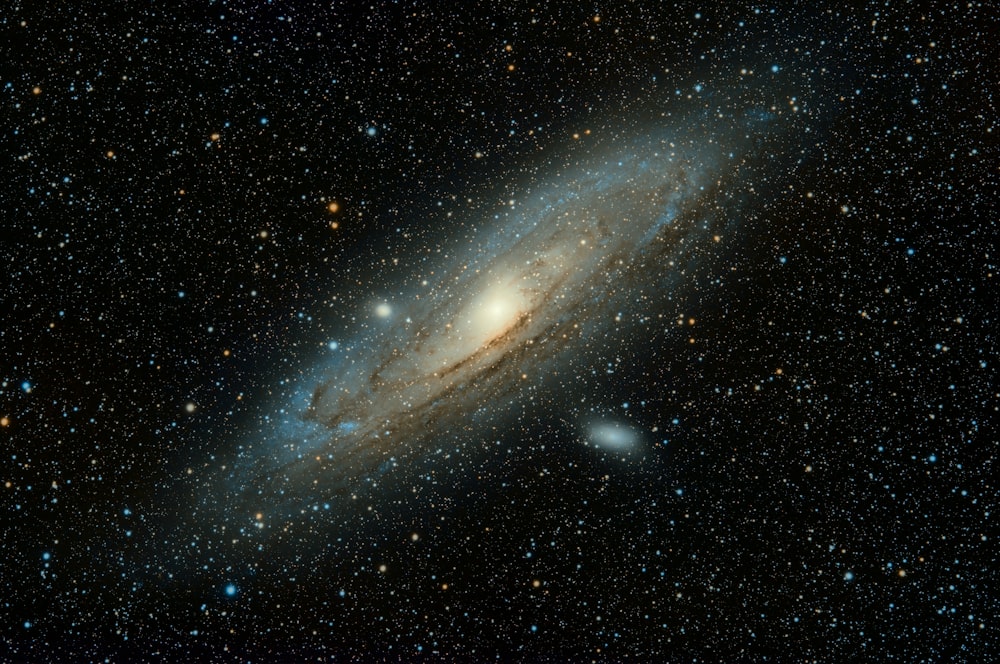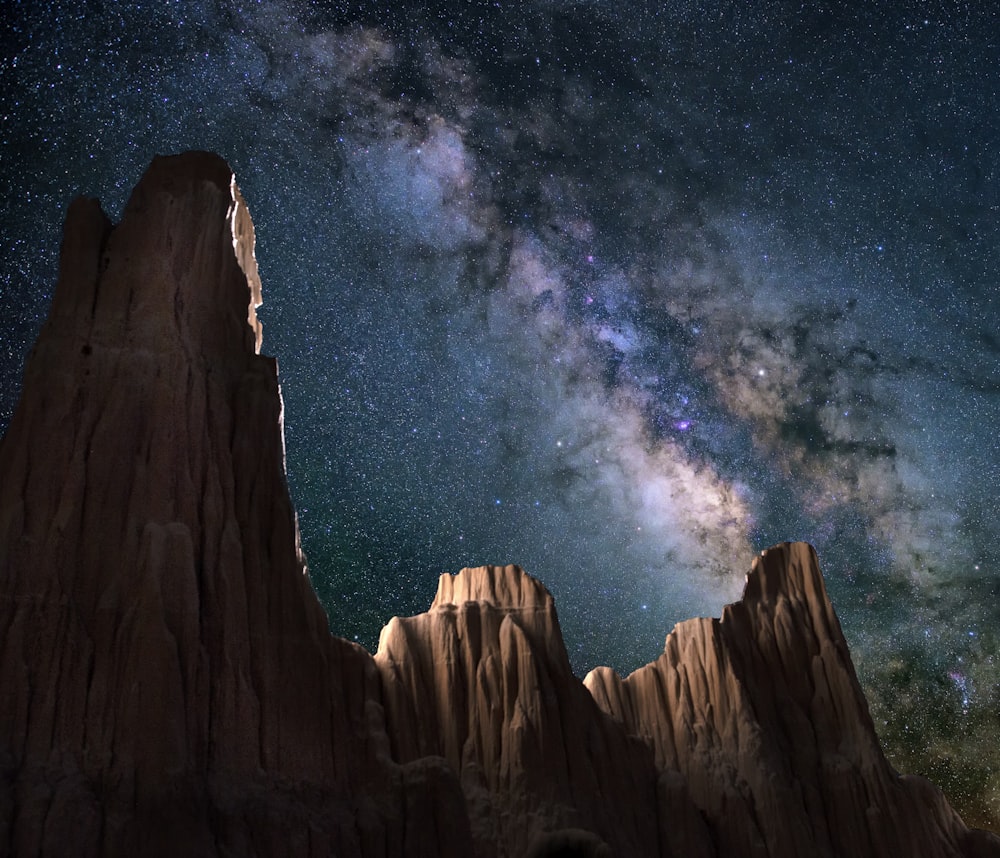Wed 13 September 2023:
NASA’s James Webb Space Telescope may have uncovered intriguing hints of potential life on a remote planet.
Researchers believe they may have detected the presence of a molecule called dimethyl sulphide (DMS), which, on Earth, is primarily produced by living organisms.
However, it’s important to note that the evidence is not yet conclusive, and further data is required to confirm its existence.
In addition to DMS, scientists have identified the presence of methane and carbon dioxide in the planet’s atmosphere, which could suggest the presence of a water ocean.
Led by Professor Nikku Madhusudhan from the University of Cambridge, the research team expressed their astonishment at the findings, emphasizing that confirming the presence of DMS would be a significant development.
This discovery marks the first time astronomers have potentially detected DMS in a planet orbiting a distant star. Nevertheless, they remain cautious, recalling a disputed 2020 claim regarding the molecule phosphine as evidence of life in Venus’s clouds.
Dr. Robert Massey, Deputy Director of the Royal Astronomical Society in London, expressed excitement over these results, stating that we are moving closer to answering the profound question of whether life exists elsewhere in the universe.
The James Webb Space Telescope accomplishes this feat by analyzing the light passing through the planet’s atmosphere, deciphering its chemical signature through spectral analysis.
Despite being over 1.1 million billion kilometers away, the telescope’s precision enables researchers to identify the planet’s composition based on the absorption of specific wavelengths of light.
Apart from DMS, the spectral analysis confidently detected significant amounts of methane and carbon dioxide, suggesting the possibility of a water ocean beneath a hydrogen-rich atmosphere.
The ability of a planet to support life depends on factors such as temperature, carbon presence, and the existence of liquid water. K2-18b, the planet in question, appears to fulfill these criteria, making it particularly intriguing.
What sets K2-18b apart is its size—it is nearly nine times larger than Earth. Unlike the Earth-like rocky planets found orbiting distant stars, K2-18b falls into the category of “sub-Neptunes,” a type of exoplanet that is common in the galaxy but not present in our solar system. Consequently, the planet and its atmosphere pose a unique and exciting subject of study for scientists.
-Anadolu Agency
______________________________________________________________
FOLLOW INDEPENDENT PRESS:
TWITTER (CLICK HERE)
https://twitter.com/IpIndependent
FACEBOOK (CLICK HERE)
https://web.facebook.com/ipindependent
Think your friends would be interested? Share this story!








